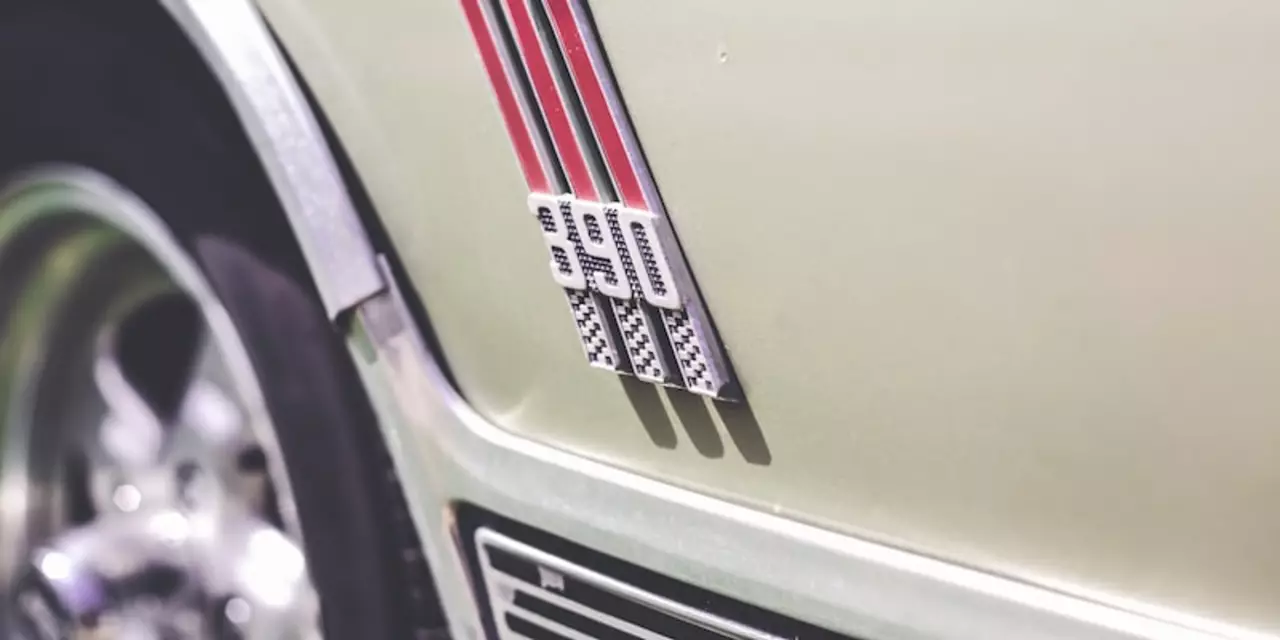Engine Basics and Simple Care Tips for Everyday Drivers
Ever wondered what makes your car move? At its core is the engine – basically a big air‑fuel pump that turns fuel into power. It’s not magic, just a cycle of sucking in air, mixing it with gasoline, compressing, and sparking it to explode. Those tiny explosions push pistons, spin the crankshaft, and finally turn the wheels.
Knowing this loop helps you spot when something’s off. If the engine coughs, hesitates, or makes weird noises, there’s usually a reason. Most issues boil down to three areas: fuel, air, and ignition. Keep an eye on each and you’ll avoid costly repairs.
Everyday Maintenance That Keeps the Engine Healthy
First up, oil. Fresh oil lubricates moving parts and carries away heat. Check the dipstick every month and top up if it’s low. Change the oil and filter every 5,000‑7,500 miles – the exact number depends on your car’s make and the oil type.
Next, the air filter. A clogged filter starves the engine of clean air, hurting performance and fuel economy. Pop the hood, locate the box, and give it a once‑a‑year inspection. If it looks dirty, replace it – it’s cheap and takes minutes.
Don’t forget the coolant. Your engine runs hot, and the radiator system keeps it from boiling over. Look for the coolant reservoir, make sure the level is between "low" and "full". A leak or a cracked radiator can cause overheating, which may warp pistons or even seize the engine.
Spotting Common Engine Problems and Quick Fixes
One of the most common complaints is engine knocking. That rattling sound usually means the fuel mixture is too lean or the spark timing is off. A quick fix is to use higher‑octane fuel for a few tanks or have a mechanic check the timing.
Another frequent issue is misfires – the engine stumbles and loses power. Often this is a bad spark plug or a dirty ignition coil. Pull out the spark plug, inspect for deposits, and replace if needed. It’s a cheap part and can restore smooth running.
If you notice smoke from the exhaust, the color tells the story. Blue smoke hints at oil burning, usually from worn valve seals. Black smoke signals too much fuel, which could be a clogged air filter or a faulty sensor. Greenish smoke means coolant is leaking into the combustion chamber – that’s a head gasket problem and needs professional attention.
Lastly, keep an eye on the check‑engine light. Modern cars store error codes that pinpoint the issue. You can buy a cheap OBD‑II scanner, plug it in, and read the codes yourself. Often the fix is as simple as tightening a gas cap or replacing a sensor.
By staying on top of oil, air, and coolant, and by listening to your engine’s sounds, you’ll keep it humming for years. Small habits like monthly checks and timely fluid changes save you from big headaches later. So the next time you fire up the car, remember: a healthy engine is the heart of a smooth ride.
What does a car radiator do?
- Thomas O'Reilly
- Mar 3 2023
- 0 Comments
A car radiator is an integral part of the cooling system of a car. Its primary role is to keep the engine from overheating by transferring heat away from the engine and circulating coolant throughout the system. It works by transferring heat from the hot coolant to the air that passes through the radiator. The radiator is made up of a series of small tubes which allow the coolant to pass through and be cooled by the air. The coolant is then circulated back to the engine block to absorb more heat and the cycle repeats itself. The radiator is also responsible for regulating the temperature of the engine and ensuring that it stays within a safe operating range.
View More
